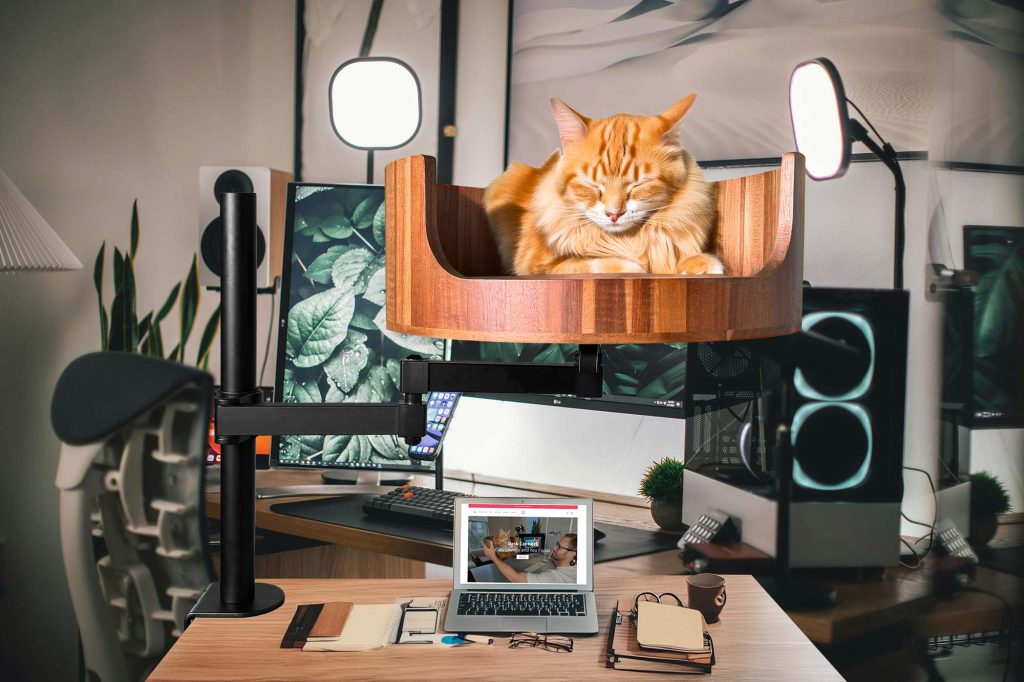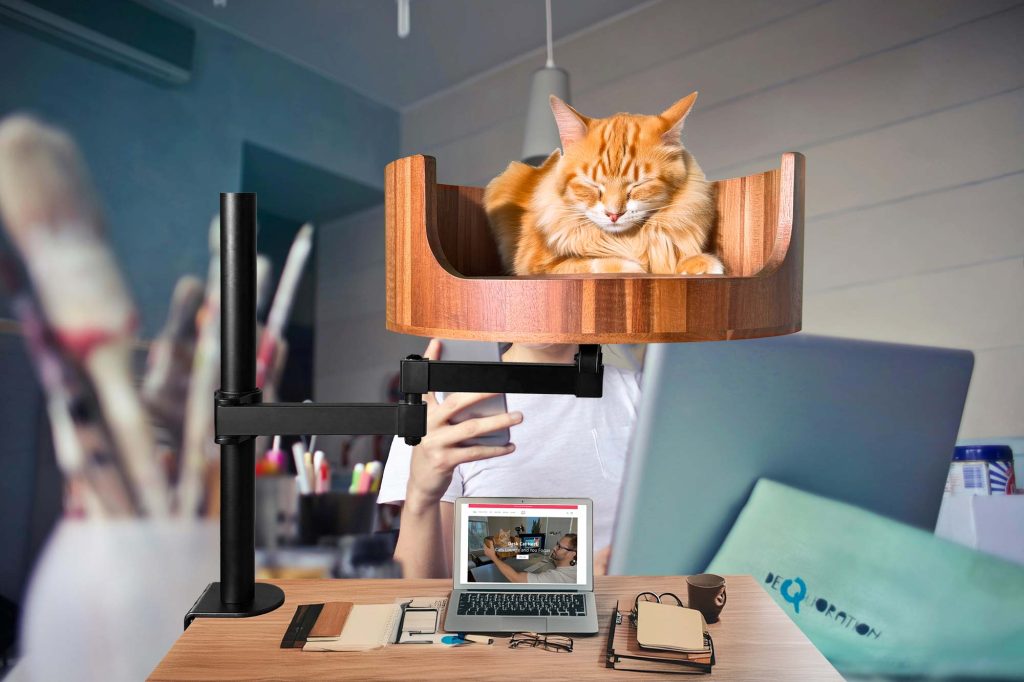Does your cat twitch and move around while sleeping? You may wonder what your feline friend is dreaming about. In this article, we will explore the intriguing topic of cat sleeping twitching and help you understand what may be happening in your cat’s dreams.
Cats are known for their unique sleeping patterns, and watching them sleep can be both adorable and mysterious. While it may seem like your cat is simply resting, there is actually a lot more going on in their minds while they snooze. From twitching whiskers to subtle paw movements, these behaviors can give us insights into what our cats are dreaming about. By delving into the world of feline dreams, we can gain a deeper understanding of our beloved pets and their inner thoughts. Let’s uncover the secrets behind your cat’s sleeping twitching and learn more about the fascinating world of cat dreams.
1. Cats exhibit twitching and other behaviors while sleeping, indicating they are likely dreaming.
2. Feline dreams resemble those of humans, with similar sleep cycles and brain activity.
3. Understanding your cat’s dreams can provide insight into their emotional state and overall well-being.
4. Twitching during sleep can be a sign of a deep, restorative sleep in cats.
5. Providing a comfortable and safe sleeping environment can help promote healthy and restful sleep for your feline friend.
Understanding Cat Sleep Patterns
Cats are known to be crepuscular animals, meaning they are most active during dawn and dusk. Understanding your cat’s sleep patterns can help you interpret their behavior during sleep. Cats typically spend 13-16 hours a day sleeping, with intermittent periods of deep and light sleep. During deep sleep, their bodies are completely relaxed, while in light sleep, they may twitch, move their whiskers or tails, or even make noises.
Types of Cat Twitching During Sleep
Cat twitching during sleep can vary in intensity and frequency. Some common types of twitching include muscle twitches, paw movements, eye fluttering, whisker twitching, or even vocalizations. These movements are often associated with their dreams and can be a sign that they are in REM (Rapid Eye Movement) sleep, where most dreaming occurs.
Interpreting Your Cat’s Dreams
Interpreting your cat’s dreams can be a challenging task, as we can never truly know what they are dreaming about. However, paying attention to their body language during sleep can provide some clues. If your cat is twitching and moving their paws, they may be reenacting a hunting scenario. If they are making soft vocalizations, they may be interacting with other animals in their dream. Understanding your cat’s individual habits and behaviors can help you make educated guesses about their dreams.
When to Be Concerned
While twitching during sleep is a normal behavior for cats, there are certain signs to watch out for that may indicate a problem. If your cat is twitching excessively, to the point where it disrupts their sleep, or if they show signs of distress or discomfort during sleep, it may be worth consulting a veterinarian. Additionally, if your cat displays other symptoms such as seizures, tremors, or sudden changes in behavior, it is important to seek professional help to rule out any underlying medical conditions.
Desk Cat Nest FAQ
1. What is cat sleeping twitching?
Cat sleeping twitching refers to the involuntary movements or twitches that cats may exhibit while sleeping. These twitches can range from subtle muscle contractions to more pronounced jerking movements.
2. Is cat sleeping twitching normal?
Yes, it is normal for cats to experience twitching while sleeping. It is often a sign that they are in a deep stage of sleep or dreaming.
3. How can a Desk Cat Nest help with cat sleeping twitching?
A Desk Cat Nest can provide a cozy and comfortable sleeping environment for your cat, which may help reduce any potential stress or discomfort that could contribute to twitching during sleep.
4. Can the Desk Cat Nest accommodate cats of all sizes?
Yes, the Desk Cat Nest is designed to accommodate cats of various sizes, providing a spacious and secure sleeping space for your feline friend.
5. How should I introduce my cat to the Desk Cat Nest?
It is recommended to place the Desk Cat Nest in a quiet and comfortable spot where your cat likes to sleep. You can entice your cat to explore the nest by placing some of their favorite toys or treats inside.
In conclusion, the Desk Cat Bed is a valuable choice for alleviating cat sleeping twitching. With its plush cushioning and cozy design, this bed provides a comfortable and supportive sleeping environment for your feline friend. The raised sides also help to create a sense of security and warmth, promoting a deeper and more restful sleep. By investing in a Desk Cat Bed, you can help your cat experience improved sleep quality and reduced twitching episodes, leading to a happier and healthier pet overall.


